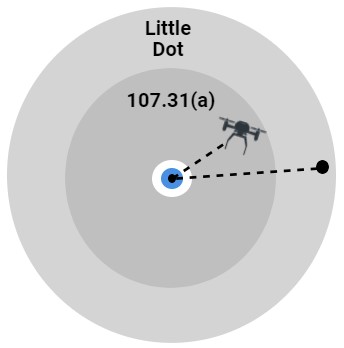What does it really mean?
Does it mean you have to "See" the RPA at All Times or does it mean you must keep a Visual Line of Sight?
It's not the same thing.
Has it been challenged in court? Perhaps? What was the verdict?
Does it mean you have to "See" the RPA at All Times or does it mean you must keep a Visual Line of Sight?
It's not the same thing.
Has it been challenged in court? Perhaps? What was the verdict?











